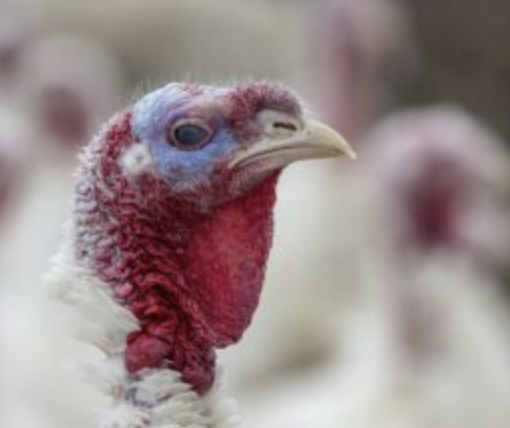The Avian influenza summer break is not only over, it has been smashed. In the past 30 days, the virus has spread to 106 commercial flocks in 23 states. And California is the latest to report outbreaks —in two broiler operations in Stanislaus County and an egg-laying business in Sonoma County.
The numbers depopulated are huge—270,000 at the Sonoma egg-laying operation and 239,900 and 254,400 birds at the two Stanislaus broiler operations. A third broiler operation in Stanislaus County has infections but has yet to make numbers available.
With the dramatic upturn in Avian influenza (HPAI) cases, the number of birds lost has soared to 72.54 million since 2022. Iowa and Ohio are the two most impacted states.
During this outbreak, there have been two commercial flocks, seven affected backyard flocks, and 2.75 million birds in Iowa.
In Ohio, there are currently four affected commercial flocks, no affected backyard flocks, and a total of 4 million birds affected in this outbreak.
Canada also reports the bird virus has spread to 67 of its commercial poultry operations since September 2023. Since the first case occurred in Canada in December 2021, the nation’s flocks have lost 10.14 million birds.
Wild migratory waterfowl are primarily blamed for the spread of the virus throughout North America.
USDA’s Animal and Plant Health Inspection Service (APHIS) reports that avian influenza is caused by influenza Type A virus (influenza A).
“Avian-origin influenza viruses are broadly categorized based on a combination of two groups of proteins on the surface of the influenza A virus: hemagglutinin or ‘H’ proteins, of which there are 16 (H1-H16), and neuraminidase or ‘N’ proteins, of which there are 9 (N1-N9),” according to APHIS.
“Many different combinations of ‘H’ and ‘N’ proteins are possible. Each combination is considered a different subtype, and related viruses within a subtype may be referred to as a lineage,” it adds. “Avian influenza viruses are classified as either ‘low pathogenic’ or ‘highly pathogenic’ based on their genetic features and the severity of the disease they cause in poultry. Most viruses are of low pathogenicity, meaning they cause no signs or only minor clinical signs of infection in poultry.”
The Centers For Disease Control and Prevention (CDC) reports low human health risks from HPAI. Only one person in the U.S. was infected with the virus in April 2022, and he fully recovered.
With the spread continuing, the number of flocks lost to avian flu totals 1,012 as of Dec. 11. Commercial flocks with infections total 426, and backyard flocks with bird flu hit 586.
